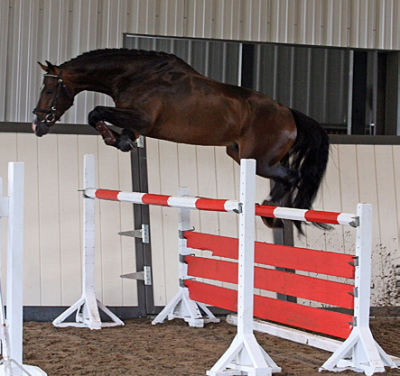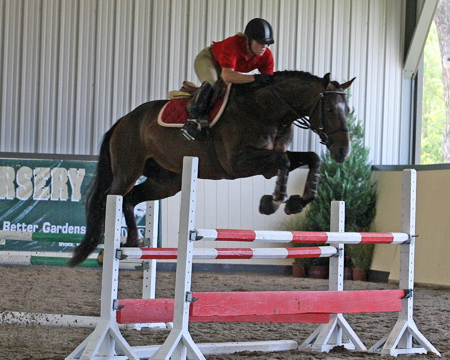[QUOTE=tom;1868461]
Yes, and the European studbooks are always encouraging breeders to use TB sires. But many breeders are short-term focused and are not willing to take the risk of producing an F1 colt or even if it is a filly having to wait several years to produce a foal from her (assuming that she is good for breeding).
DownYonder understands well these issues.[/QUOTE]
She understands well because she agrees with you.
However, I do agree with many of your points too.
It is your sweeping statements that are killing you.
Have you owned many TBs Tom? Good ones? Tell me they cant jump. Of course they dont have the big expressive movement. Not everyone likes or wants that you know. And there you are. We have gone full circle back to hunters.




 The answer is because humans don’t engage in managed (and enforced) breeding and training practices for themselves
The answer is because humans don’t engage in managed (and enforced) breeding and training practices for themselves